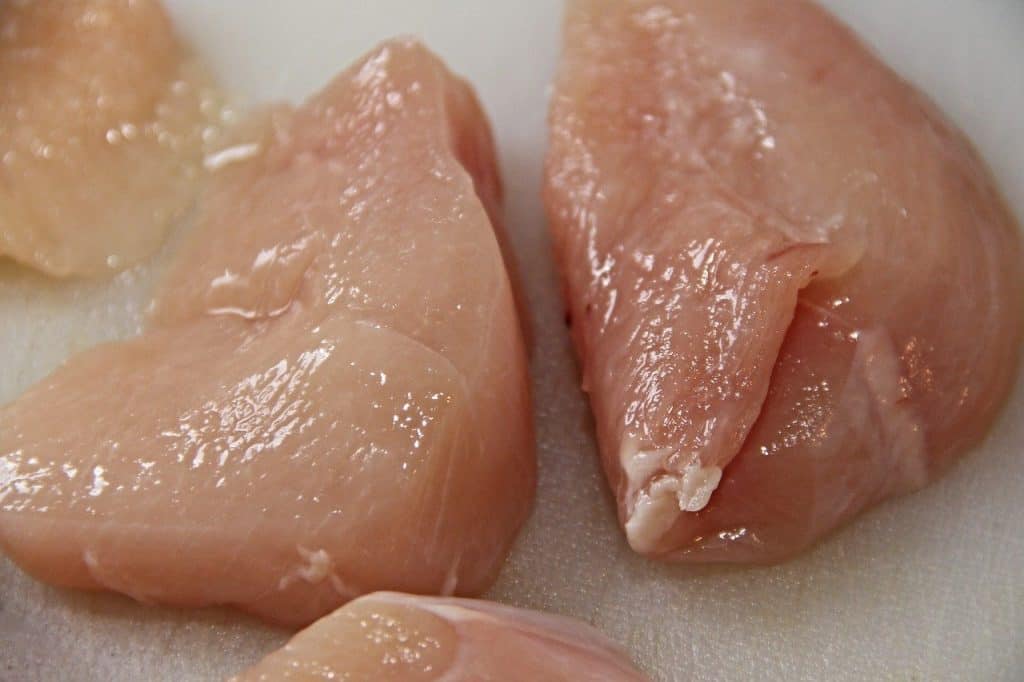For a homestead, chickens and quails are two popular choices. However, they both can’t be raised together, owing to reasons like – a chicken might kill a quail, dietary difference, or quails may fly away from the coop. Therefore, one has to make a choice between the two.
Both the quails and the chickens are domesticated fowls having their own unique qualities. However, there are some differences in their egg-laying capacity, cost of feeding, efficiency, noise generation, and maintenance. These differences are as follows –
Chicken
- Large size, heavy weight
- Occupy a lot of space
- Larger eggs
- Lesser egg-laying capacity (5 per week)
- High cost of feeding
- Starts laying eggs after a long period (24 weeks after birth)
- Noisy
- Aggressive nature
- Poor immunity; more susceptible to diseases
- Helpful in waste disposal by converting the residue into compost
Quail
- Small size, light weight
- Occupy less space
- Smaller eggs
- More egg-laying capacity (7 eggs a week)
- Low cost of feeding
- Starts laying eggs earlier (8 weeks after birth)
- Less noisy
- Gentle temperament
- Better immunity; less susceptible to diseases
Chicken Vs Quail
| Specifications | Chicken | Quail |
| Size | 30-45 cm | 16-18 cm |
| Weight | 64-80 ounces | 3-5 ounces |
| Space Requirements | 12-14 square foot per bird | 1-2 square foot per bird |
| Ability to fly | Flies horizontally and not very high. | Flies vertically and can even fly away from the coops |
| Maturity rate | Slow (lay first egg after 24 weeks of birth) | Very fast (lay first egg after 6-8 weeks) |
| Egg production | Can produce up to 200-250 egg per year | Can lay approx 300 eggs per year |
| Egg productivity age | 3-4 years | 2 years |
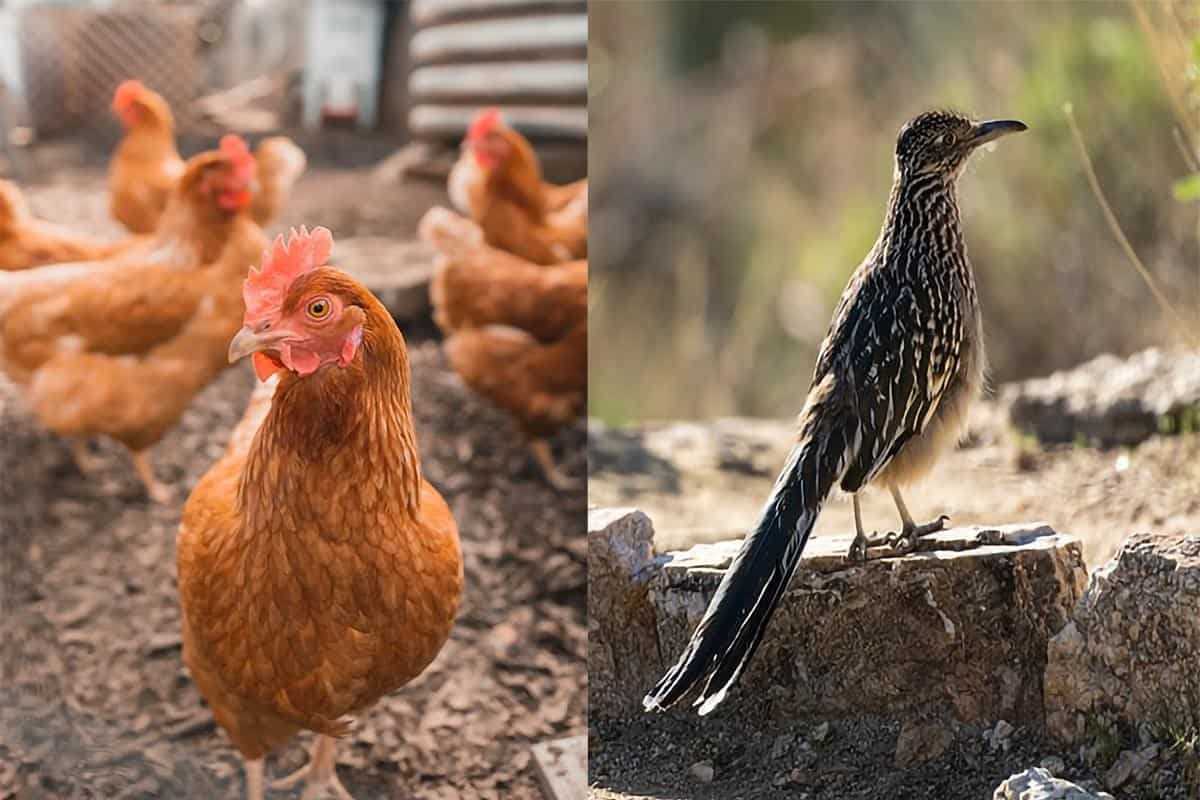
Shape, Size, and Space Requirement
A chicken is a large bird of the Phasianidae family. It is nearly 30-45 cm in size. The hen weighs around 3 pounds, whereas the male bird (rooster) weighs about 4-5 pounds.
A quail, on the other hand, is a relatively small compact Gallinaceous bird. It is nearly 16-18 cm in size and weighs around 3-5 ounces. A female bird is slightly heavier than its male counterpart.
Since the chickens are relatively large, fat, and immobile, they need a substantial space to live. Usually, a chicken needs a minimum of 12 sq ft to run around.
Whereas, the quails are smaller birds that require less space compared to the chickens. A single quail normally requires a space of one square foot, though one may provide more if there is ample space available.
Eggs
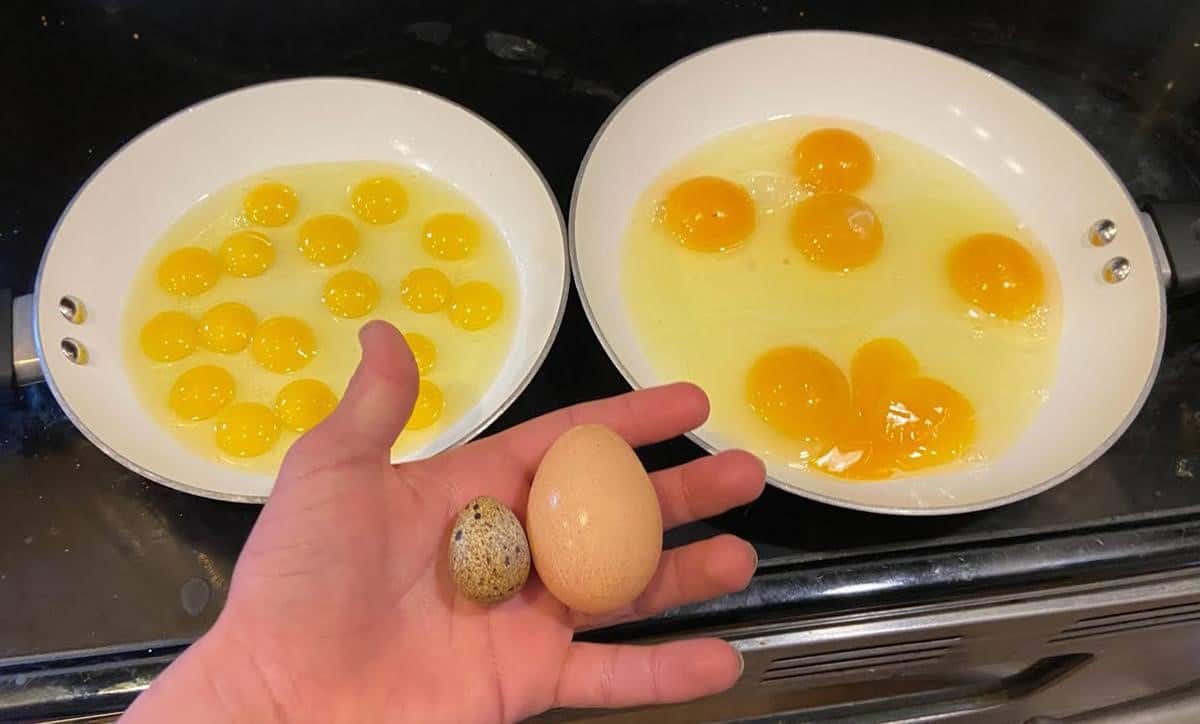
The chickens lay large and delicious eggs, with their color varying from white to brown, depending on the breed. The quails, on the other hand, lay tiny and greyish eggs with black spots on their shells.
The chickens’ egg-laying capacity is usually lesser than the quails’. A chicken lays about 5 eggs a week whereas a quail lays about 7 eggs a week.
However, the chicken’s eggs are larger in size, and one needs at least 4-5 quail eggs to make up for a chicken egg.
Both the eggs are on a similar footing in terms of nutrition. However, the difference is that the chickens’ eggs are rich in vitamin D, whereas those of quails are rich in vitamin B.
In terms of sales, the chicken’s egg has an edge since they are widely preferred by masses/many in their diets. Whereas, the outreach of quail eggs is somehow limited, and one might encounter some difficulty finding prospective buyers.
Cost of Feeding
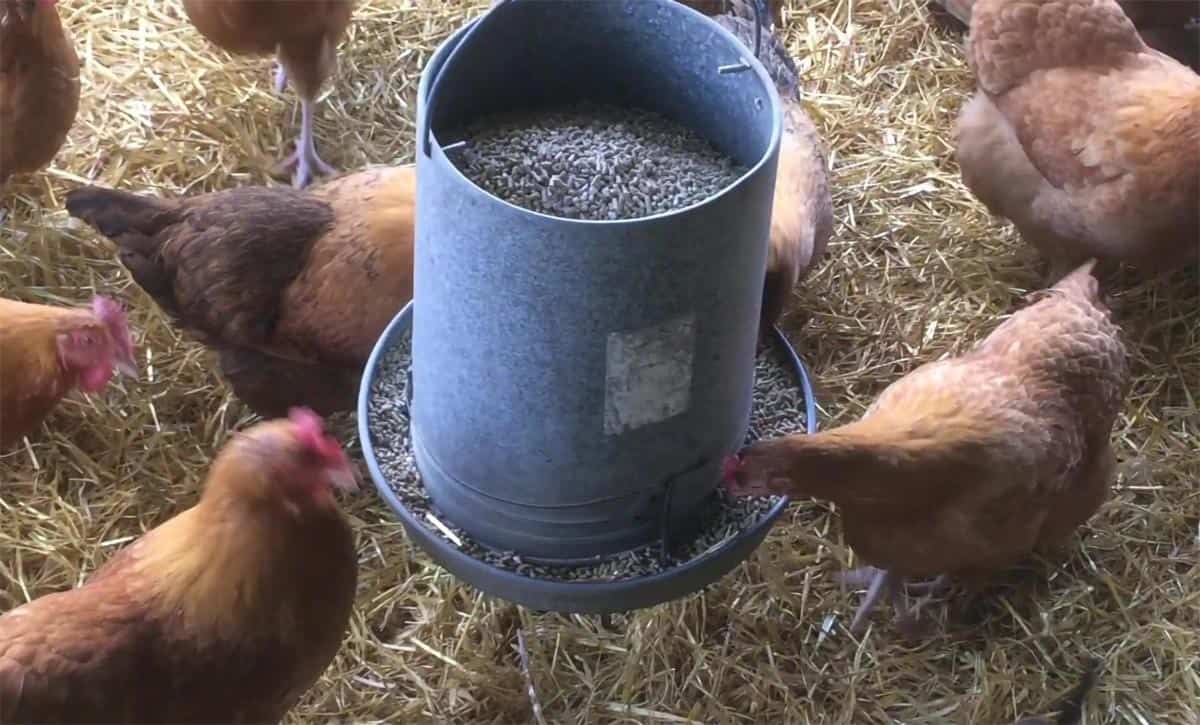
In the case of chickens, a good amount is to be spent on their feeding to get protein-rich eggs. On the other hand, quails don’t need high-quality food as they are pretty good at converting their regular food into protein-rich ones.
Hence, quails have a lower cost of feeding.
Meat
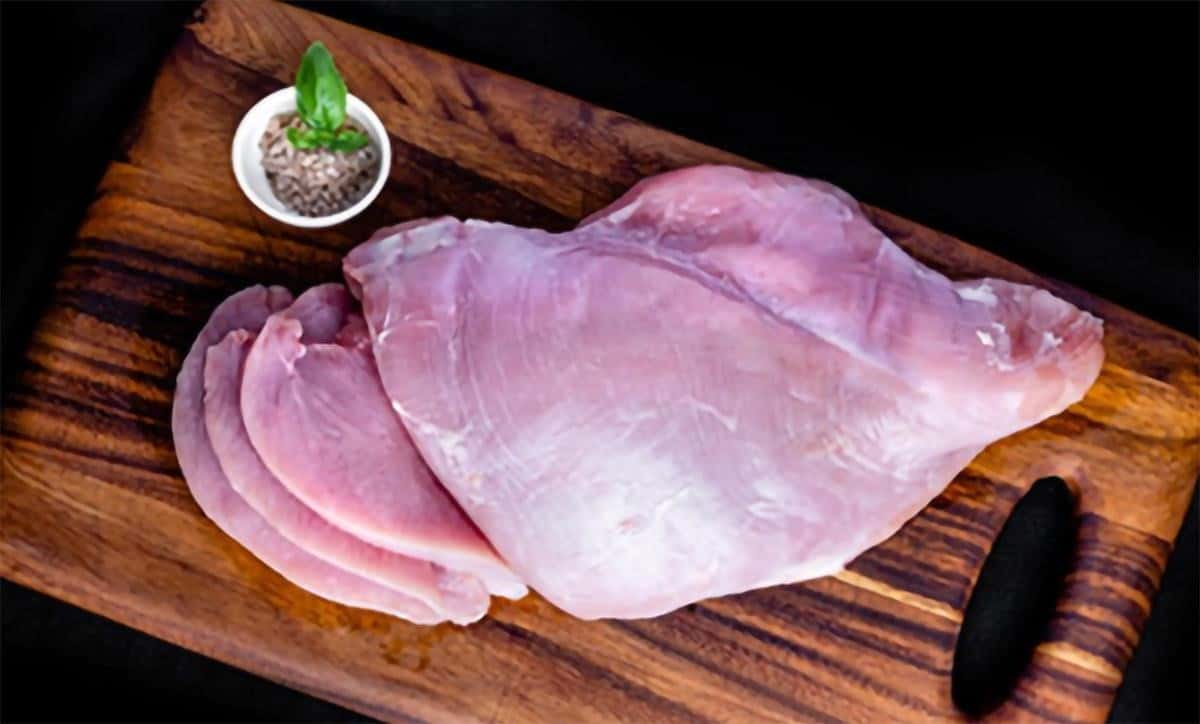
The chicken meat is rich in nutritional elements. It is, however, harvested at a young age since later on its flesh becomes tough, and it is then consumable only by boiling and not by frying.
The old hens, though can’t be roasted or fried, can be used to prepare a delicious soup.
On the other hand, the quails can be harvested at any stage of their life, and they remain very much edible (especially while frying them). With this attribute, they serve a dual purpose – after their productivity of laying eggs comes to an end, they can easily be harvested and result in delicious meat.
Since the quail bird is small (with its weight being nearly 5 ounces only), one needs about 2 or 3 quails to make a meal equal to that of a single chicken.
Efficiency
In nearly every aspect, quails are more efficient that chickens. Even though they have larger eggs, chickens take a long sweet period of approximately 24 weeks before laying the first egg. And in the meantime, they only eat food and occupy a lot of space while giving nothing in return. On the other hand, the quail starts laying eggs from the 8th week of birth, and by the time the chicken gets going, it already lays over 100 eggs.
Moreover, after getting started, chickens eat a lot more than quails for laying a single egg.
The quail eggs can be sold at a premium to high-end restaurants and have a higher profit potential than the chicken eggs.
A chicken generally lays approx 200-250 eggs per year, and they can do so for 4-5 years. On the other hand, a quail lays nearly 300 eggs in a year, but this egg-laying productivity lasts only two years.
Noise
The noise depends on various factors, for instance, whether they are happy or going through a breeding season.
The chickens produce a relatively high sound in comparison to the quails. The roosters crow very loudly, and that sharp “squawk” sound can even bother one’s neighbors. The hens also sing an “egg song” while they lay.
On the other hand, the female quails are generally quiet, with no clucking, bantering, or chirping in the homestead. Sometimes, the neighbors can’t even feel their presence due to their silence. Even while laying eggs, they do not make any fuss or noise.
The male quails sometimes crow to get the attention of female ones, but the sound is quite pleasing and travels a very small distance. But, if they are in distress or endangered by any predator, they could be extremely noisy.
Susceptibility to Diseases
The quails have a better immune system, and they don’t get sick frequently as long as they are kept in a clean environment. One should thus clean their feeders or waters weekly to avoid diseases such as coccidiosis and Quail Disease.
An extremely wet and windy atmosphere can also be fatal to the quails. And therefore, in the winter and the rainy season, one should use a tarp to cover all the areas from which air, rain, or wind could enter.
On the other hand, chickens are more susceptible to diseases because of their weak immune system. Since they are large in size and generally kept in a congested place, they are prone to mold and bacteria, causing respiratory infections. The risk of spreading parasites is also high in the chickens.
Housing and Maintenance
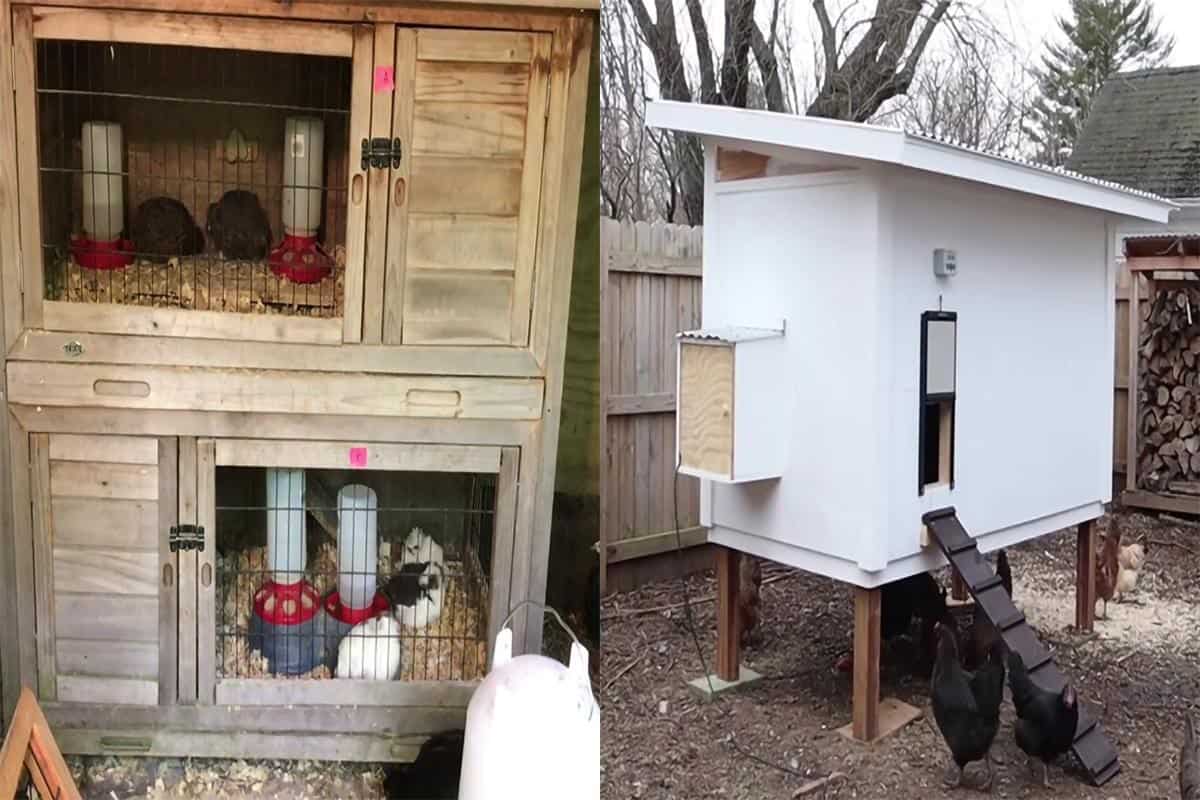
Besides occupying more space, chickens also have complex accommodation requirements. Inside the coop, there needs to be a floor (covered with sawdust and straw) and a roosting area. Coop’s backside must have a nesting box.
For quails, rabbit hutches are ideal. They not only provide adequate ventilation but also give them hiding space to lay eggs. Moreover, a wide range of quail cages is also available. And even if you want to build one on your own, it is quite simple to do so.
Chickens have the benefits of being able to free-range. Free-range is a method of animal husbandry in which the chickens are allowed to roam freely outdoors without being confined in their coop 24×7. It helps the chicken in getting necessary nutritional elements from the natural surroundings.
However, while allowing free-range, one must ensure that there are no predators outside and the chickens are kept away from the vegetable field.
In the case of quails, there is no practical way for free-range.
Other Uses
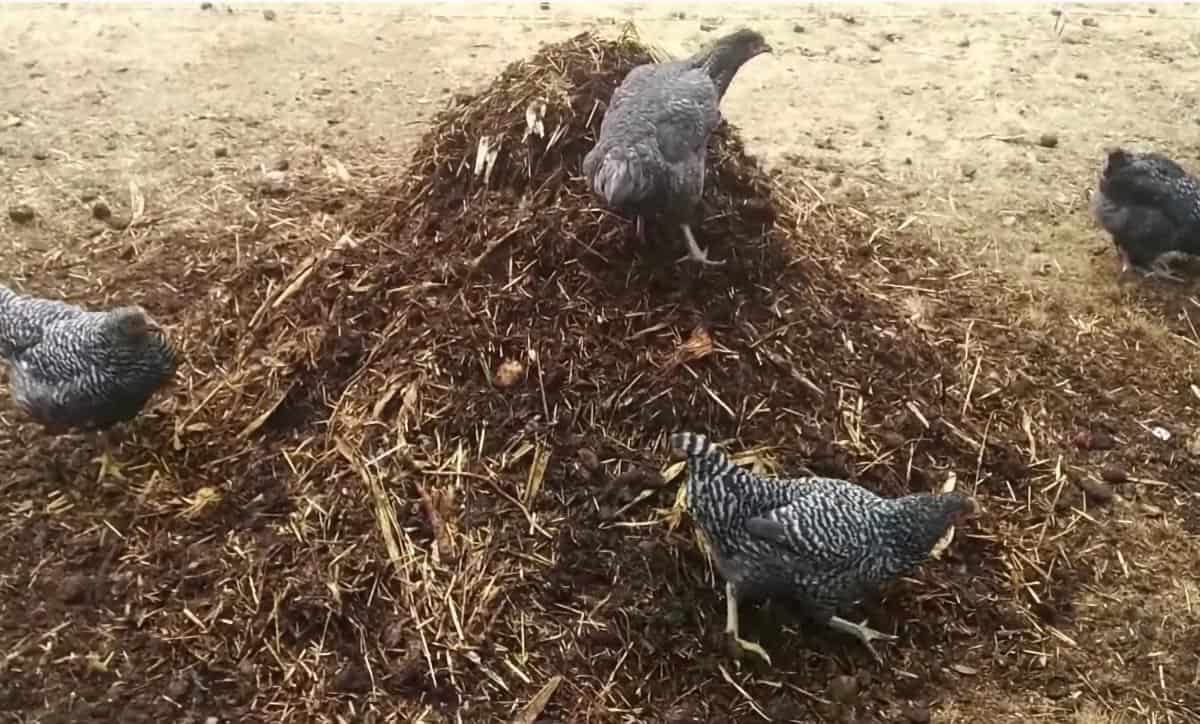
Keeping aside the eggs and meat, chickens are more useful than quails.
Chickens are considered as the waste disposal system as they can easily convert the food scrap into compost. They can also help in removing weeds and other small insects from the field. Moreover, they can be made to roam over a food forest to build highly fertile soil.
However, quails are hardly used for these purposes.
Raising a Pet
Since both of these are domesticable fowls, one might consider them making his/her pet/s.
The chicken has an edge on this. It can be trained to become a friendly animal that would come and hang out with you just like other domesticated pets.
On the other hand, quail doesn’t fit in this role. But, if one wants to have a cage of nice exotic birds, quails will be ideal for it.
Which to choose?
The answer to this question depends on one’s needs and the resources available.
A chicken is a better choice in terms of egg production as it lays eggs for 1-2 years more than a quail and its eggs are bigger too. It’s just that its per year production is lesser. Also, if you want to enjoy benefits like compost production or weed removal, and have no space issue, go for the chickens.
However, quails are more advantageous to raise, as they occupy less space, have less cost of feeding, housing, and maintenance. Moreover, if chickens being noisy bother you, happily go for the quails.

